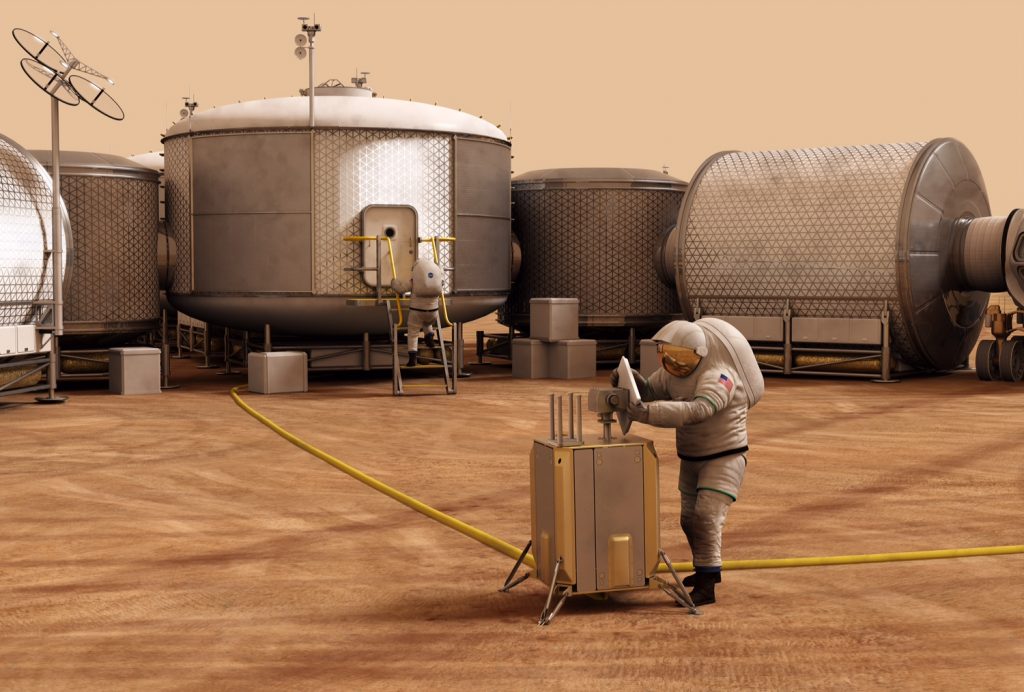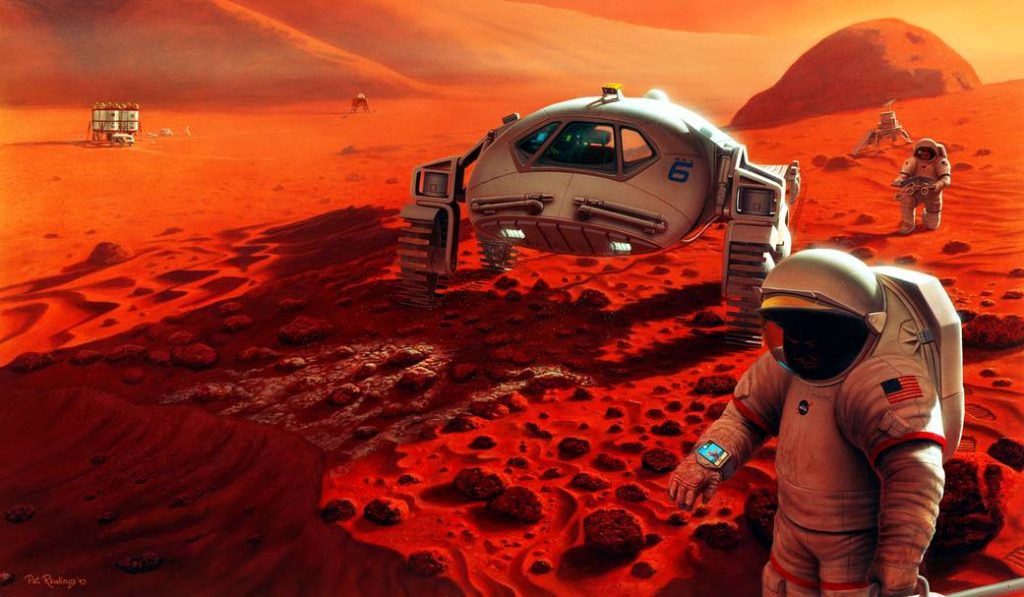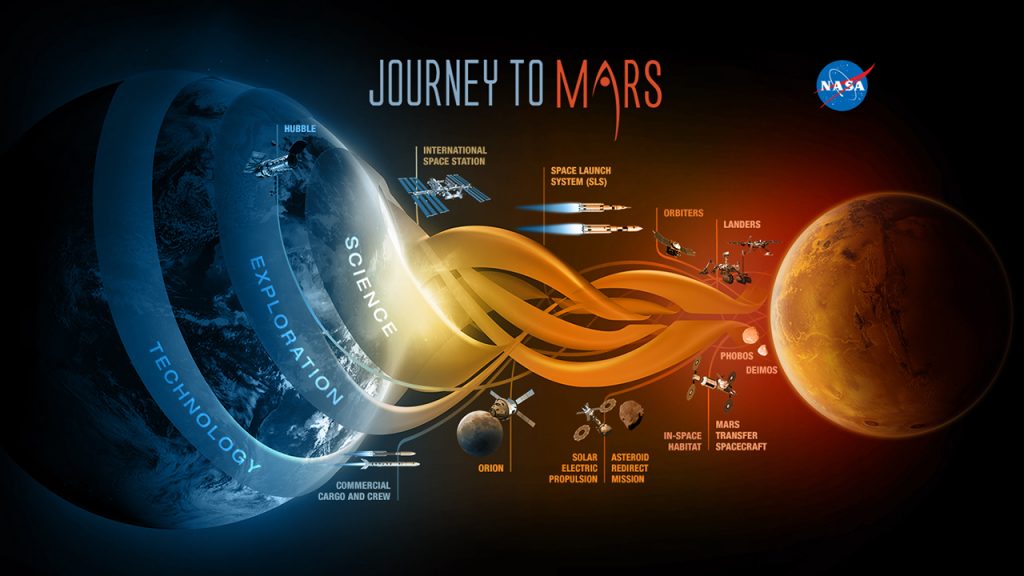Children in primary school today may one day live on Mars, says first British astronaut

This is an excerpt from an original story I wrote for MailOnline based on an interview with the first British astronaut Helen Sharman, who visited the Mir space station in 1991. The full article is available on the Daily Mail website.
Excerpt from: Children of Mars! The first people to set foot on the Red Planet are likely still in PRIMARY SCHOOL, says British astronaut, Helen Sharman
The first British astronaut, Helen Sharman, says a child in school today will be among the original explorers to step foot on the surface of Mars in the coming decades.
NASA‘s Artemis program, which aims to land the first woman on the moon by 2024, has loftier goals, including landing humans on Mars by the mid-to-late 2030s.

Sharman said that those currently in the earlier years of school will be in their 20s when NASA, ESA and others start pushing towards the Red Planet and could well be part of the cohort of astronauts that create a base on another world.
She spoke to MailOnline ahead of an event aimed at encouraging young people to take up a career in STEM, that is science, technology, engineering and mathematics.

The event will see school children design science experiments that Thales Alenia Space will send up to 30,000ft on a balloon and gather them back up when they fall to Earth to return them to the children and their teachers.
The firm found in a survey that 35% of British school children, aged 5 to 16, had been inspired by the pandemic to enter a STEM career – including doctor and astronaut.
Helen Sharman, a chemist by training, launched for the Mir space station in May 1991, becoming the first British astronaut, the first western European woman in space and the first woman to visit the Russian orbiting laboratory.
The next big adventure for humanity, after returning to the moon by the end of the decade, will be to land people on the surface of Mars by the end of the 2030s.
Sharman says the group landing on Mars within the next 20 years are likely still in primary school, or at least in secondary school today.

The survey of parents of school children by Thales Alenia asked about changes to career aspirations after the pandemic – so these are views that have changed as a result of coronavirus and its impact.
The survey of 2,000 parents found their children, aged 5-16, now consider a career as a doctor or nurse to be the most inspiring closely followed by an astronaut.
‘Being an astronaut is very very high up there,’ said Sharman.
‘This is a huge increase in students wanting to be astronauts and I wonder how much is due to the expeditions to Mars with Perseverance.’
Mars is currently a planet entirely inhabited by robots – with both Curiosity and Perseverance trundling along the surface, and Tianwen-1, the Chinese Mars rover due to land on the Red Planet before the summer.
However, NASA has big plans for the future – the second stage of its Artemis mission that will see astronauts land on the moon by 2024 and Mars by 2035.
Other companies, including Elon Musk’s SpaceX are more confident, with Musk claiming Starship will land people on Mars by 2026.
Even with the longer-term goal of NASA, children in school today are likely to be visiting Mars in their lifetime, said Sharman.
This is an excerpt from an original story I wrote for MailOnline based on an interview with the first British astronaut Helen Sharman, who visited the Mir space station in 1991. The full article is available on the Daily Mail website.
